This post may contain affiliate links. For more information, please see our affiliate policy.
Confused by food and wine pairing basics? Follow these 4 Rules to Ace Food and Wine Pairing every single time. My complete guide is here to coach you through every step of the way. Once you know these basic food and wine pairing rules, you’ll be all set to pour and order wisely for dinner parties at restaurants and beyond.
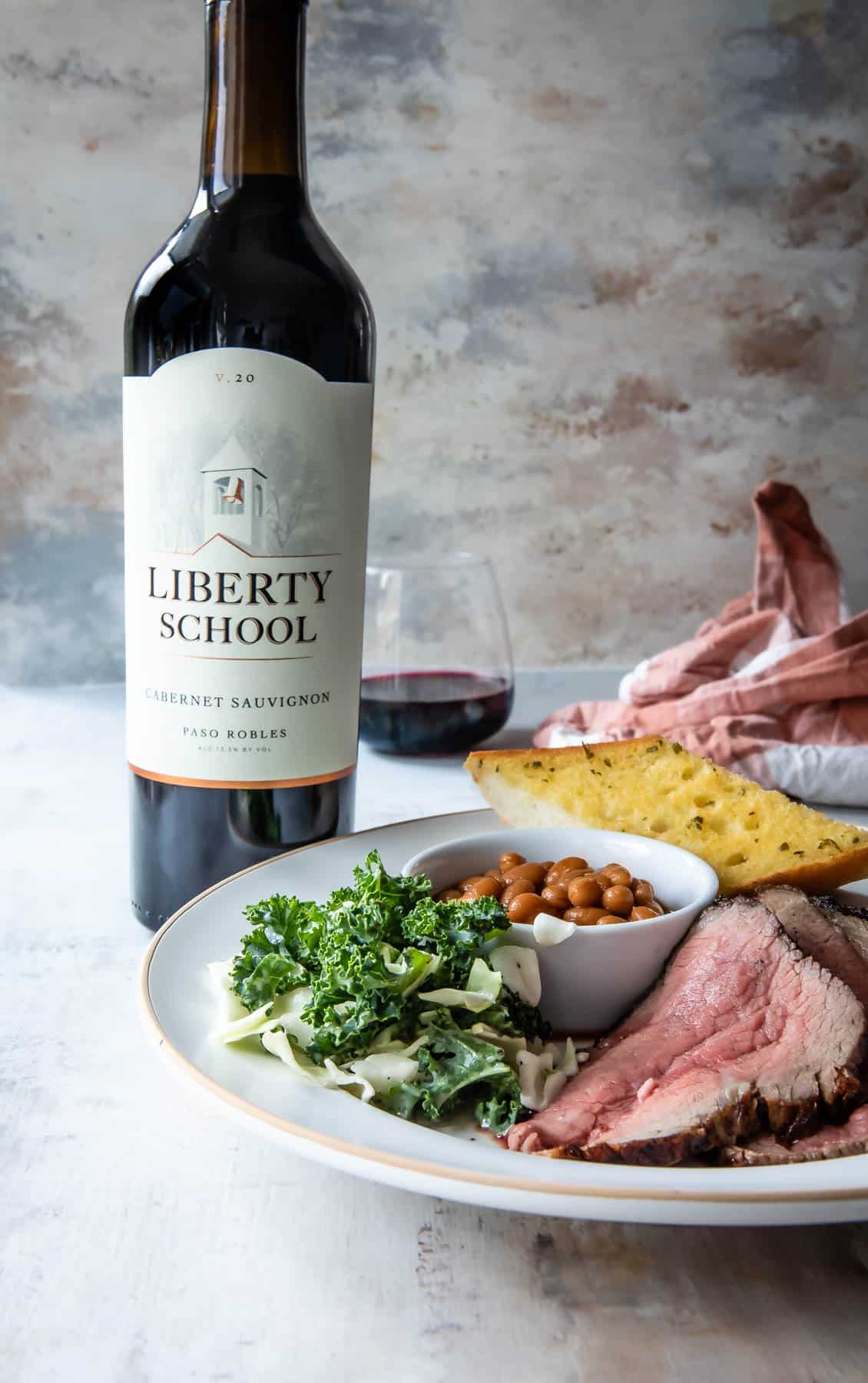
When I first started studying and sipping vino, I admit that I was definitely intimidated by wine and food pairings. So many grapes (not to mention blends that mix two or more together!), a world full of winemakers that treat them differently, and culinary treats full of impactful cooking techniques, core ingredients, and sauces? It can feel very overwhelming!
With countless bottles available for purchase online, in wine shops, and from restaurant menus, it can be tempting to just close your eyes, point, and pick that as your food and wine pairing. But once you master just a few food and wine pairing basics, you can really elevate your enjoyment.
Table of Contents
Why Food and Wine Pairings Matter
The flavor and aromas in wine dance with the macronutrients (fat, protein, and carbohydrates) and prevailing flavors in recipes. Think back to childhood: There was a reason why buttery chocolate chip cookies or rich chocolate cake played so nicely with a glass of cool, crisp, plain milk. If you swapped in lemonade in place of the milk, it would certainly hit different.
As you consider food and wine pairings, you’ll want to keep these six basic elements of both the dish and the drink in mind:
- Acidity
- Fat
- Bitterness
- Saltiness (Psst…food with salt typically makes any wine taste more flavorful!)
- Sweetness
- Alcohol
Note: There can bitter foods and bitter wines, acidic foods and acidic wines, etc. But there’s one outlier, alcohol, which is almost always only present in one of the two: the wine.
As a general rule, red wines tend to offer some bitter qualities. Whites and rosé wines are often high-acid wines. And dessert wines are (you guessed it!) sweet wines.
In terms of pairing wine with food, sommeliers often recommend going one of two routes:
- Congruent Pairings: Choose a wine that has similar flavor or “weight” as the food to complement and create harmony. (The weight can refer to both the alcohol content and the mouthfeel, or texture, of a wine.) For example, pour a light and zippy rosé with a fresh summer salad that’s dressed in a citrus vinaigrette.
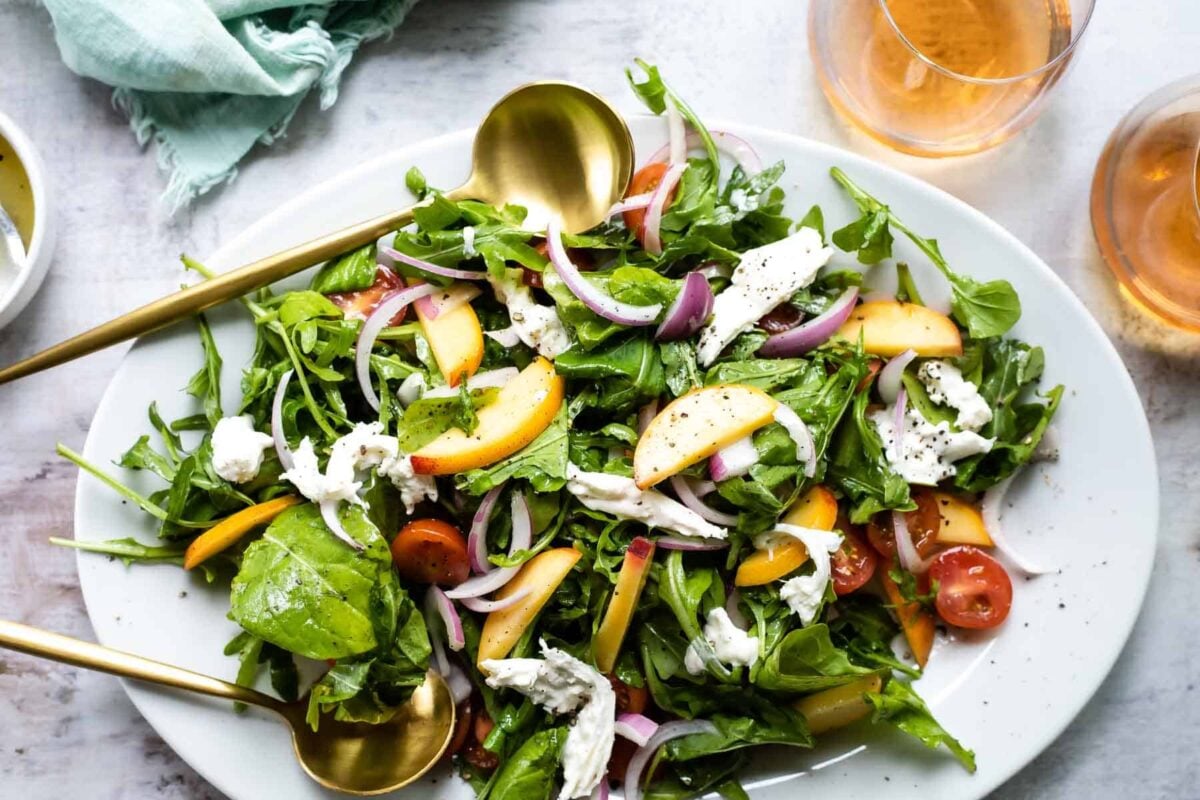
- Contrasting or Complementary Pairings: Flip the script and choose a wine that offers the opposite qualities as the food to offer balance. Fatty fried chicken and a glass of Champagne is a sommelier-favorite food and wine pairing for a reason; the bubbles and acidity of the sparkling wine slice right through the fat of the chicken. Opposites often attract.
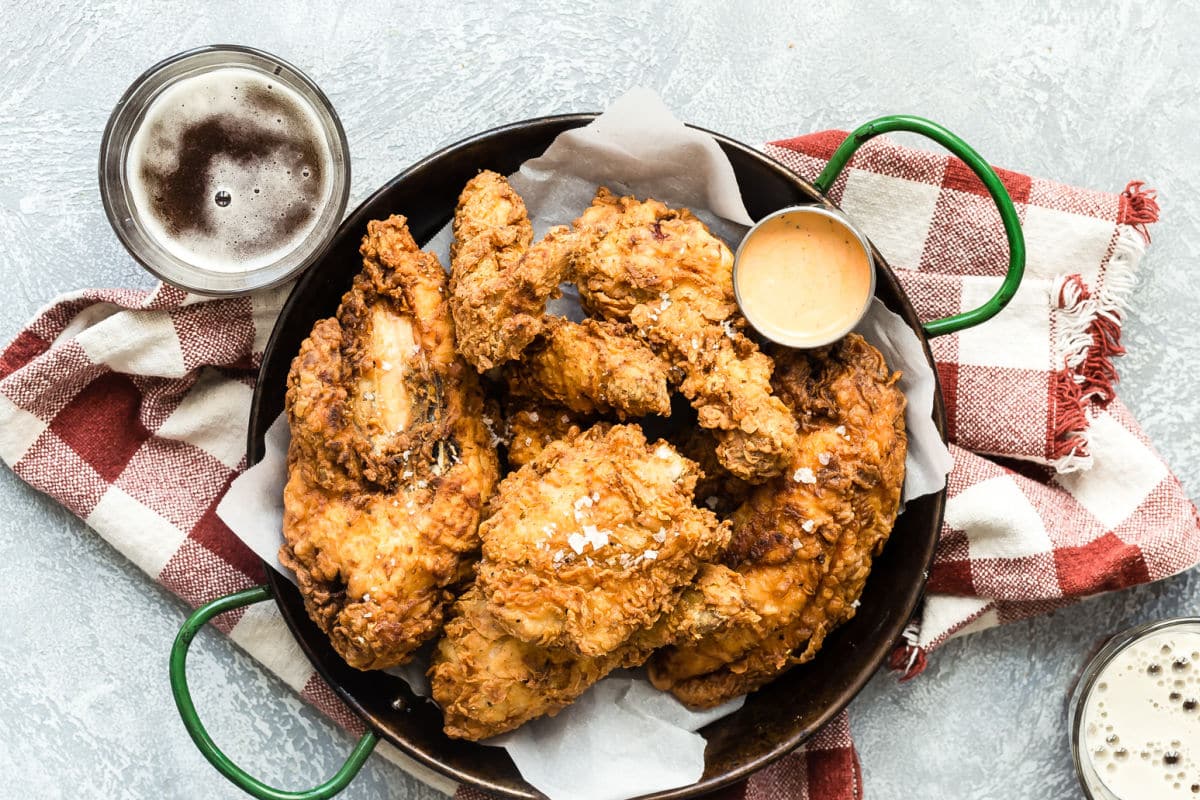
4 Rules for Food and Wine Pairing
Now that you know the basic tenets of food and wine pairings, I have a handful of bonus tips I’ve learned along the way as I’ve stocked my wine fridge (and opened those bottles to enjoy alongside meals).
But If you only remember one food and wine pairing tip, let it be this: drink what you like. If you enjoy a wine on its own, chances are very high that you’ll enjoy that same wine with whatever dish you’re bringing to the table or ordering at a restaurant.
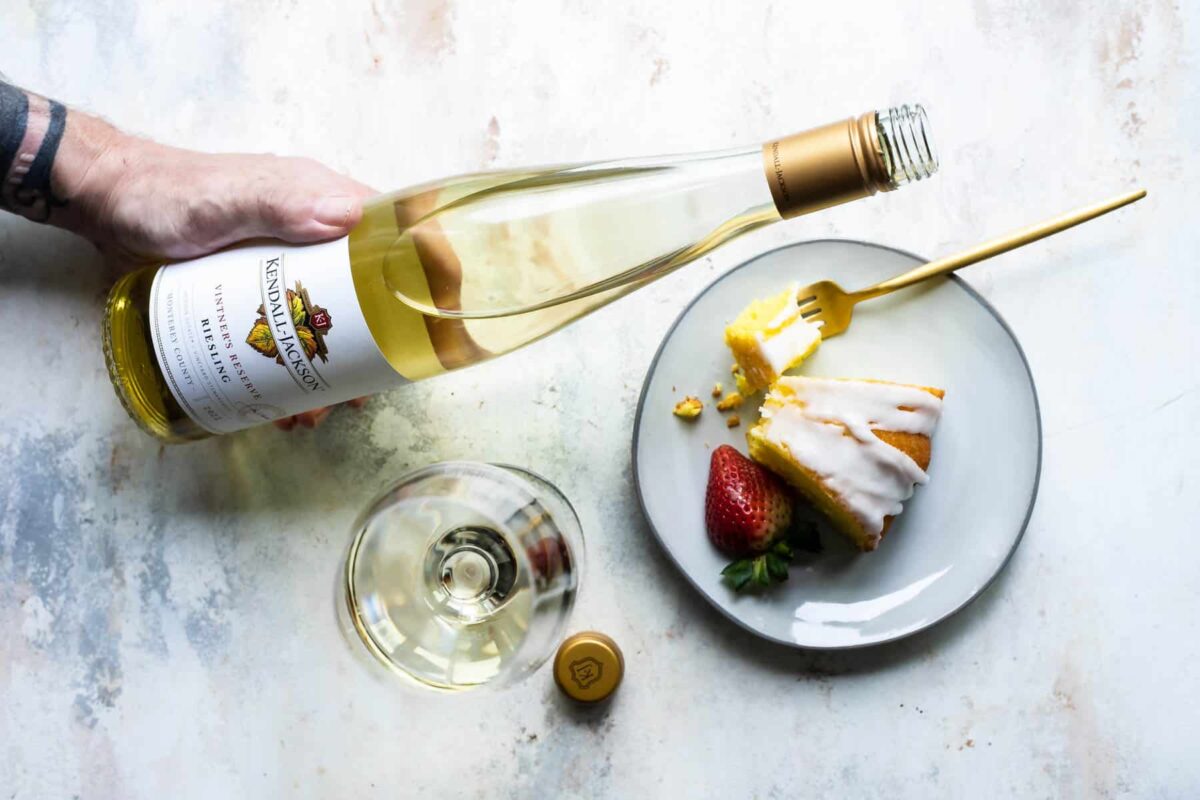
1. Focus on the Predominant Flavors
Don’t let the protein trick you with a head fake. Depending on the seasonings, sauces, or the specifics of that featured ingredient, your best wine pairing might vary.
You might assume a white wine is a sure thing with seafood. But due to salmon’s fatty qualities, a wine with some tannins like a Pinot Noir is a perfect choice.
A chicken entree with a robust and earthy mushroom sauce (think: Chicken Marsala) goes well with a full-bodied white like Chardonnay or a lighter red such as Gamay. If that poultry is perked up with a lemon sauce, though, say, Chicken Scallopini, a medium-bodied white like Sauvignon Blanc is a better bet.
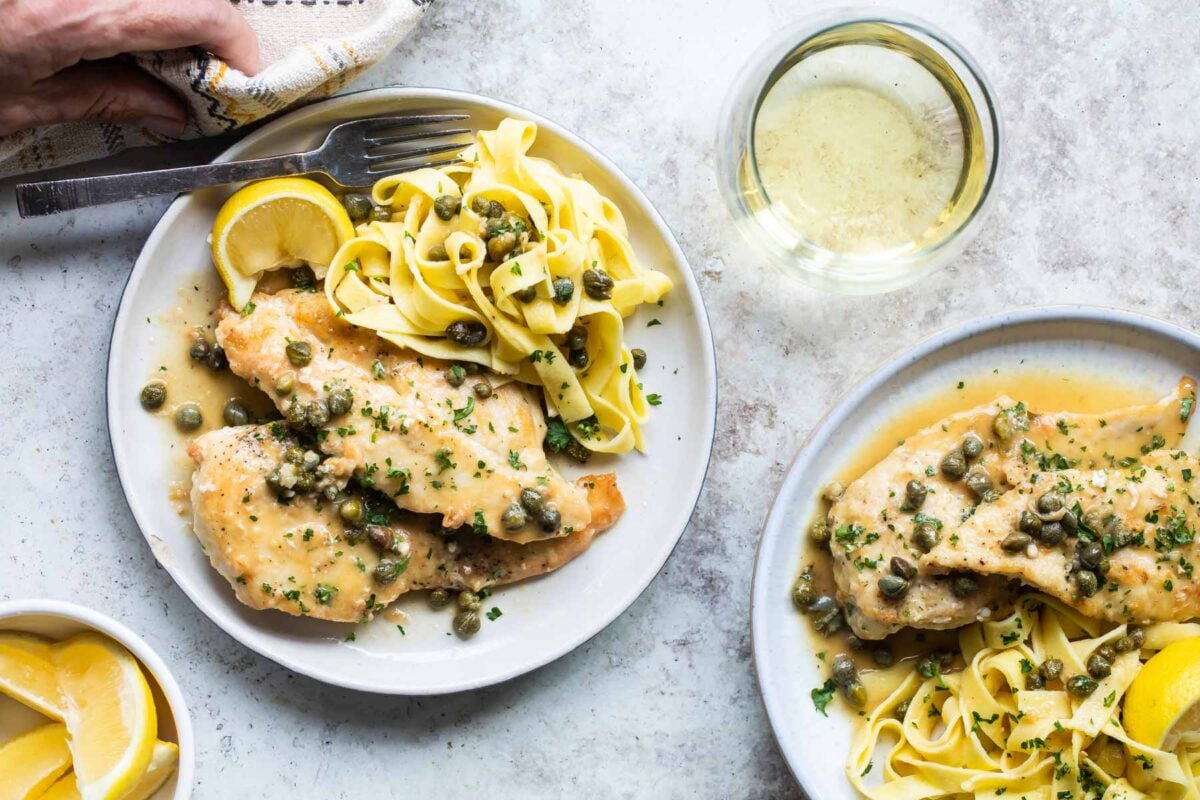
2. Consider Intensity and Structure
Aim to balance the intensity in the food and the wine. If your dish is on the milder side, seek out a “quieter” (aka lighter-bodied) wine. If you’re going bolder with the flavor intensity in your recipe, reach for a richer, stronger, fuller-bodied wine.
When the two can stand up alongside each other, neither will be dulled by the other more “vocal” aspect. Taste this at work by sipping a higher-alcohol red wine with a buttery steak. Or drink a light white with shrimp pasta.
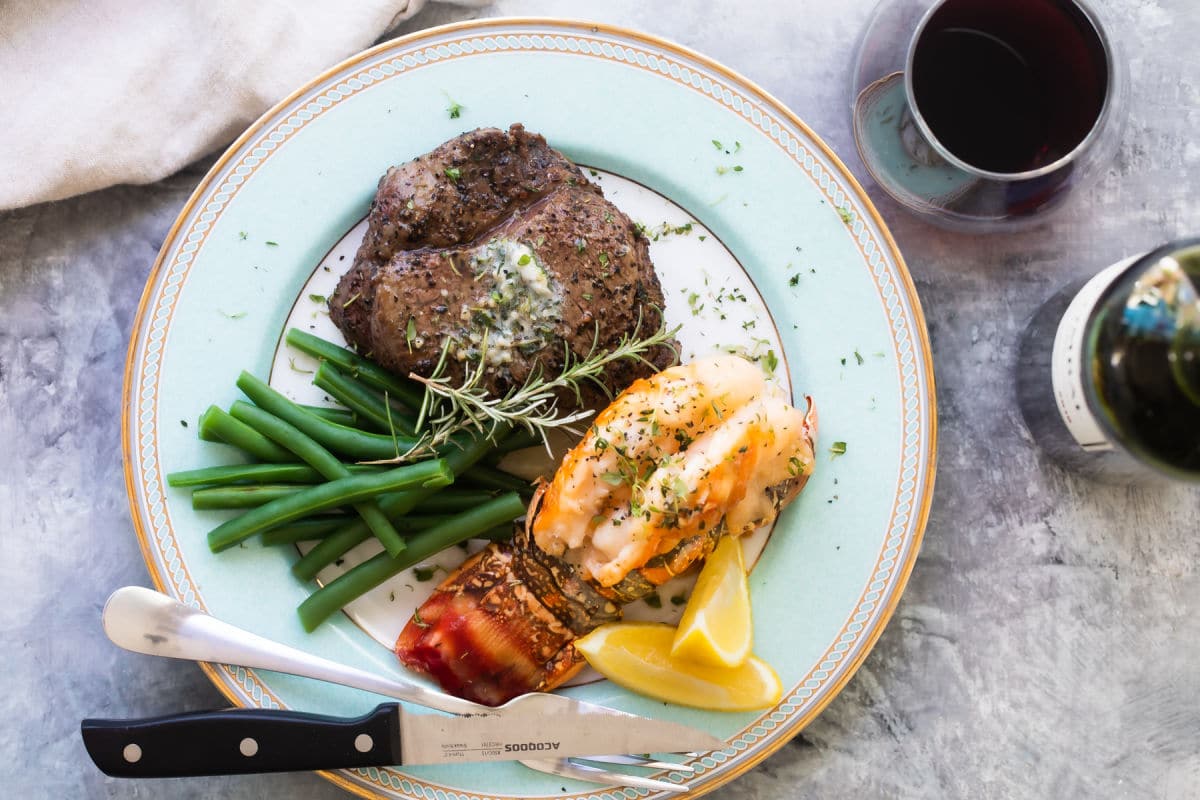
3. Tame Spice with Sweetness
It might feel impossible to dream up an ideal pairing for spicy dishes such as Thai or Indian takeout, but I’ve got it: off-dry riesling. The presence of some residual sugars in those grapes doesn’t feel cloying. Instead, it calms the heat a bit. Opting for a bold wine alongside these punchy, fiery food may make the wine taste bitter or “hot” (in other words, like it’s higher in alcohol than it really is).
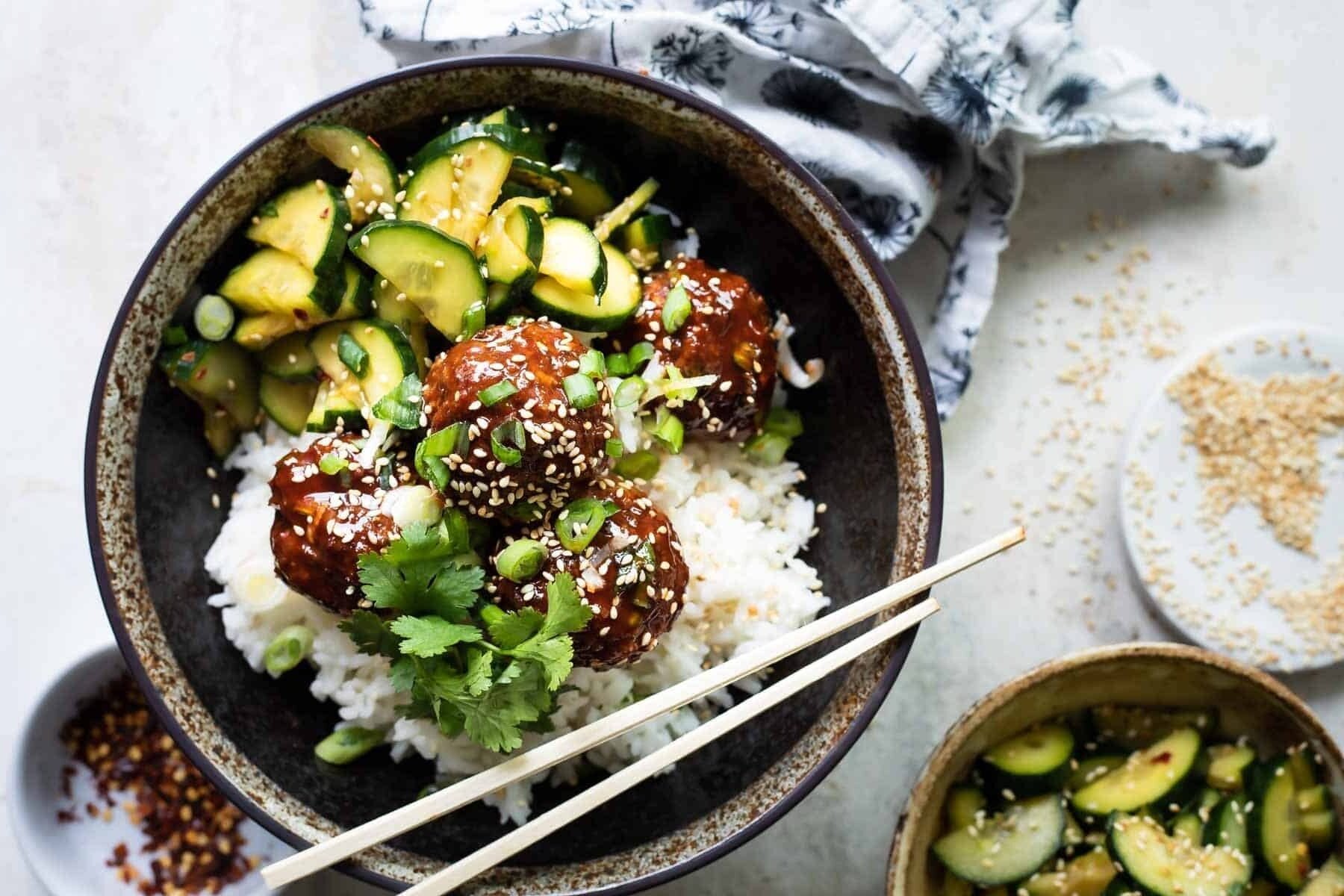
4. What Grows Together Goes Together
Translated from French, “terroir” means “soil” or “land.” In wine lingo, this essentially means the taste of a place, or all of the factors of the environment (weather, rainfall, temperature, soil) that might make a grape of the same variety grown in Napa, California taste different from the same type of grape grown in Loire Valley, France. Since grapes and the ingredients used for culinary uses are products of the land of that place, it stands to reason that they’re good dinner dates.
So if you’re stumped by those other factors, contemplate the region where that recipe might have originated, then pull a wine that’s from that place. If you’ve ever sampled a Red Burgundy with beef Bourguignon, a Malbec with Argeninian churrasco or a Montepulicano with a margarita pizza, you get it. The locals know!
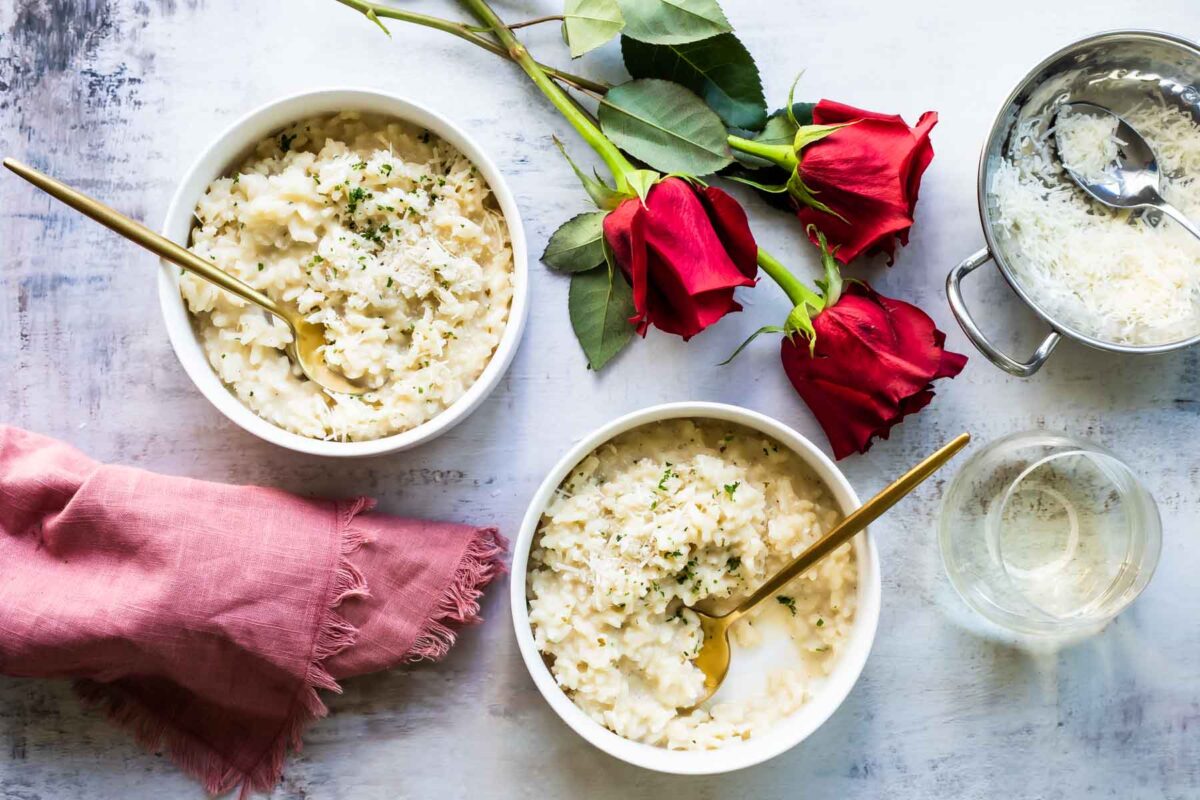
Classic Food and Wine Pairings
Consider the suggestions a jumping-off point for your perfect pairings. No need to feel wedded to these exact options, though. Be sure to consider the sauce, seasonings, and cooking styles as you select the exact wine pairing for the proteins below. And if you don’t love any of the technical “best pairings” I’ve listed, simply swap in a wine you dig. Now that’s a perfect food and wine pairing!
- Cheese: Cava, Champagne, Prosecco, or sparkling wine
- Red meat (such as beef or bison): Shiraz/Syrah
- Lamb roast or lamb chops: Cabernet Sauvignon
- Chicken and turkey: Pinot Noir
- Fish and seafood: Pinot Grigio/Pinot Gris
- Apple slices and pear slices: Unoaked Chardonnay
- Tomato sauce: Chianti
- Asparagus: Grüner veltliner
- Dark chocolate: Merlot
- Custards, crème brûlées, and other sweet foods with a vanilla backbone: Sauternes
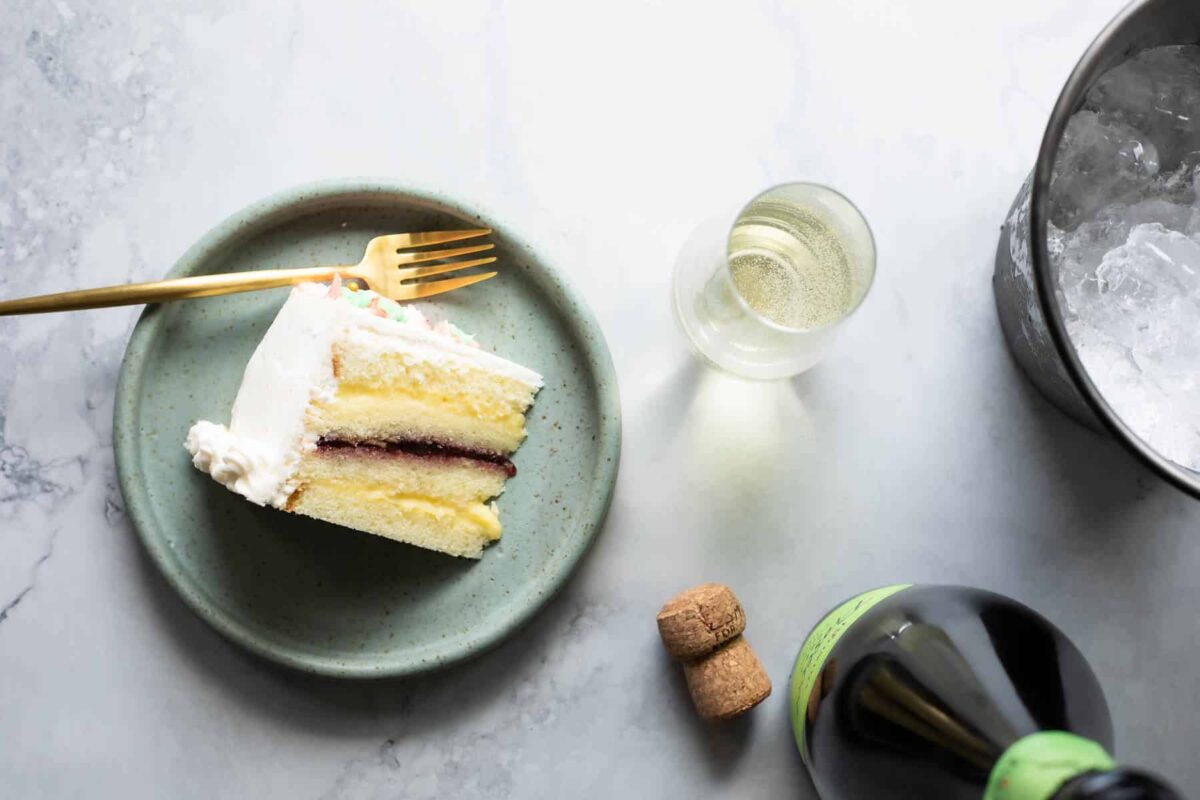
Meggan Hill is a classically-trained chef and professional writer. Her meticulously-tested recipes and detailed tutorials bring confidence and success to home cooks everywhere. Meggan has been featured on NPR, HuffPost, FoxNews, LA Times, and more.